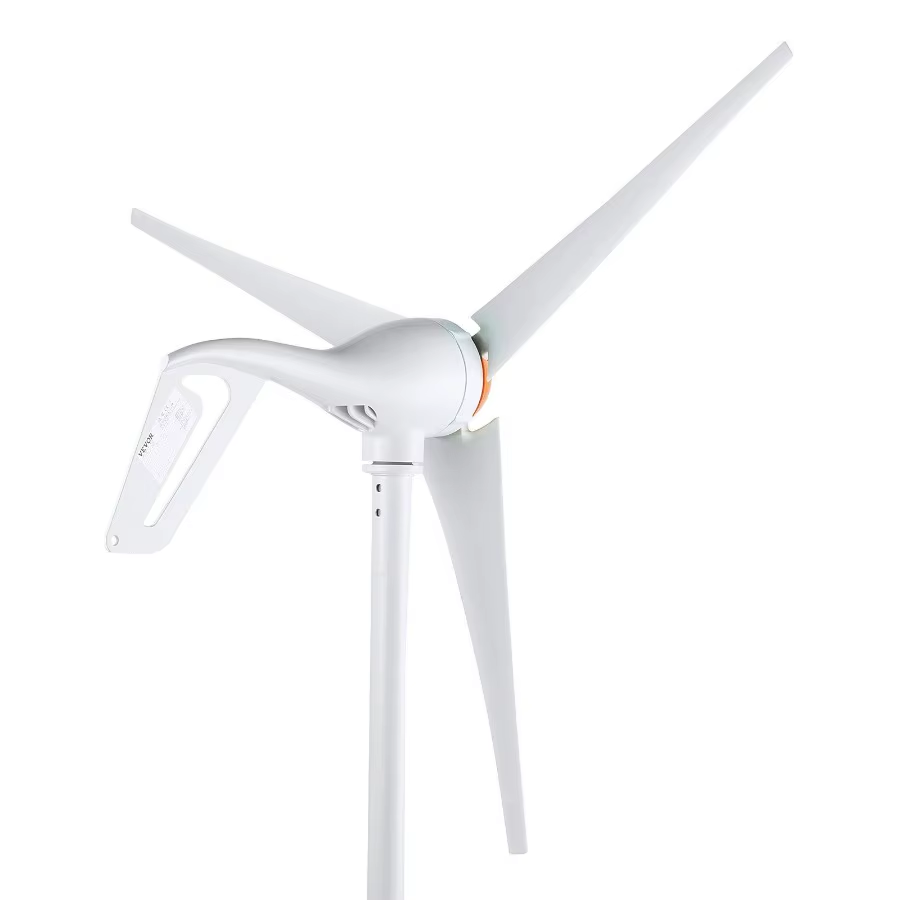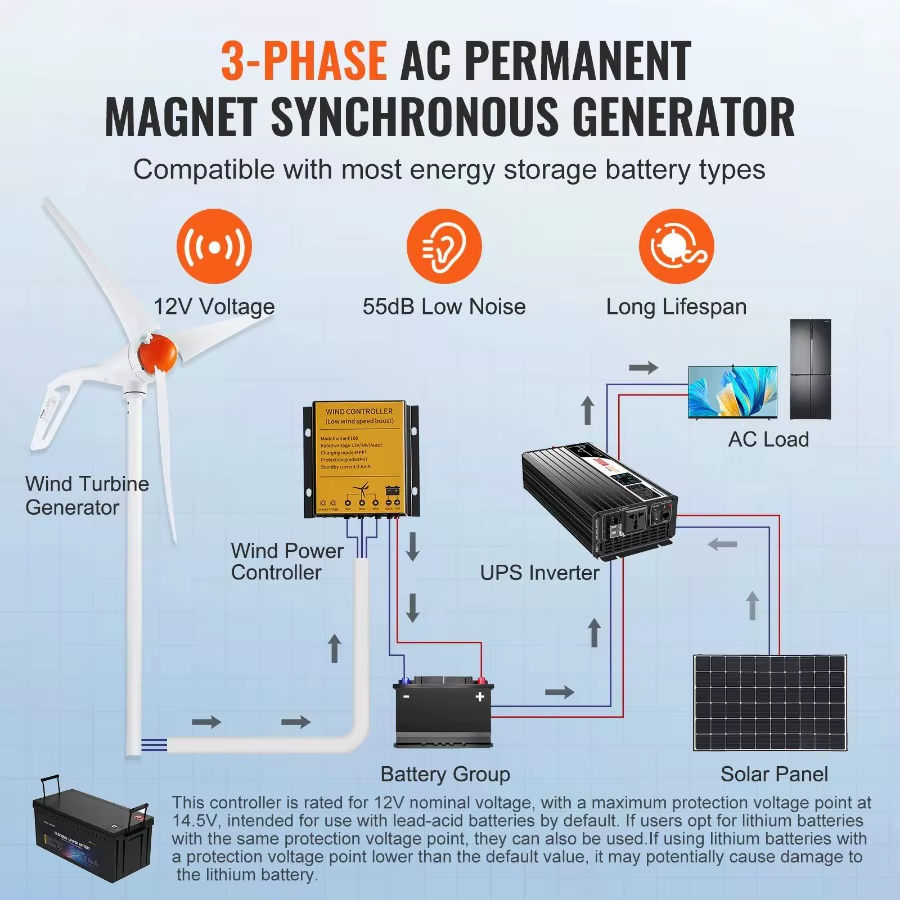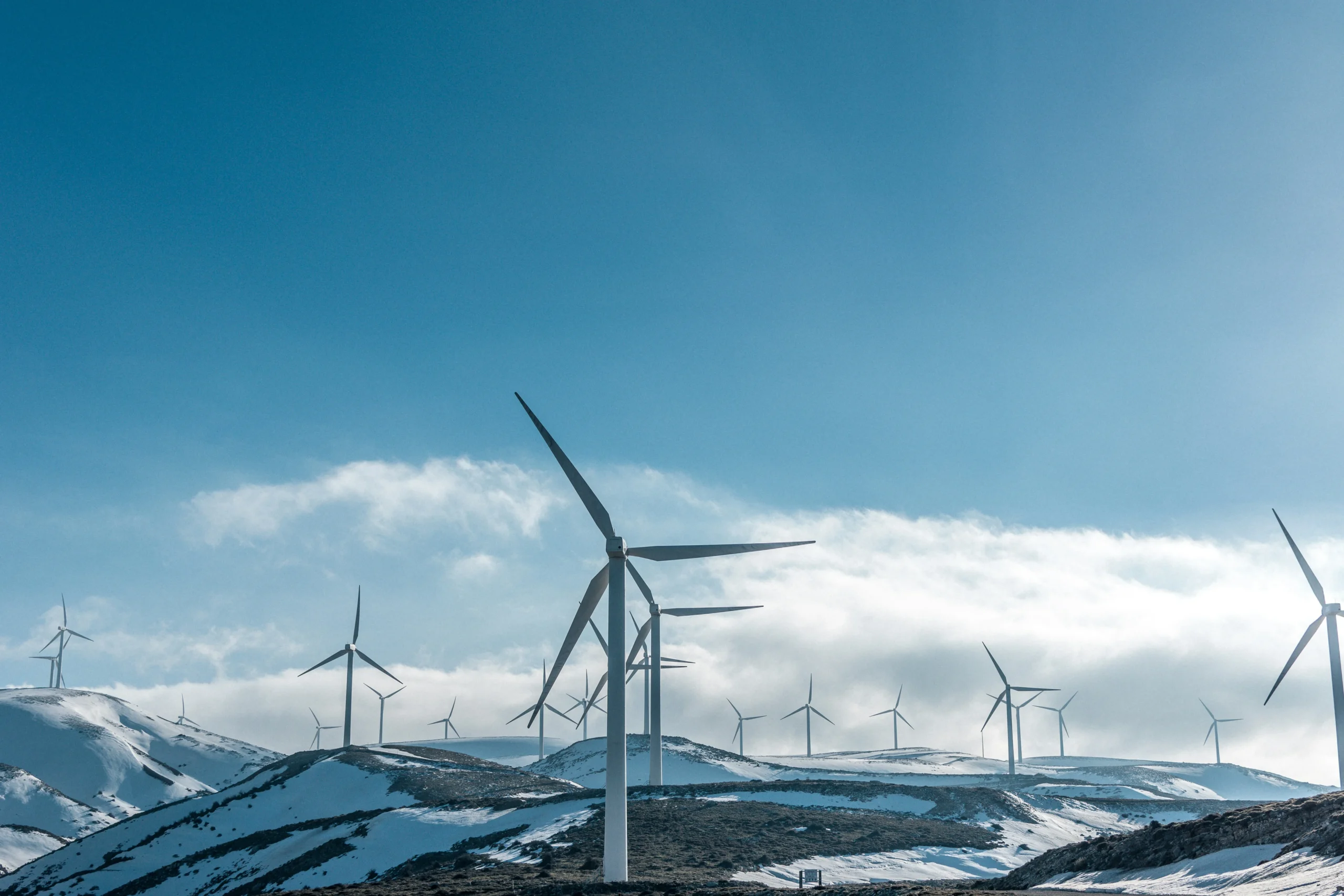Wind Energy: A Solution 4 Renewable Energy
The Wind of Change—Why This Matters to You
Pause for a moment. Think about the air brushing against your face during a breezy afternoon. It feels fresh, clean, and limitless. Now imagine using that exact invisible force to power your home, your streetlights, your city. Wind energy isn’t just about giant spinning turbines—it’s about your future, your air, your environment.
As climate concerns rise and fossil fuels decline, you’re faced with a vital choice: stay with outdated systems or embrace a cleaner, smarter way forward. Wind energy gives you that option—sustainable, powerful, and ready now.
Table of Contents
What Is Wind Energy? Understanding the Basics
Before diving deeper, it helps to know what wind energy actually is. At its core, wind energy is the process of harnessing air movement to generate electricity. When the wind blows, it turns the blades of a turbine, which spins a generator and produces power.
Types of Wind Energy Systems
There are two main forms of wind energy:
- Onshore wind systems – These are turbines located on land, usually in rural or open areas.
- Offshore wind farms – These are set up in oceans or large lakes, where winds are stronger and more consistent.
Comparison Table: Onshore vs. Offshore Wind
| Feature | Onshore Wind | Offshore Wind |
|---|---|---|
| Location | Land-based | Sea/ocean-based |
| Installation cost | Lower | Higher |
| Maintenance access | Easier | More difficult |
| Wind consistency | Moderate | Higher |
Why Wind Energy Is a Key Solution for Renewable Power
If you’ve ever wondered why wind energy is so often spotlighted in climate discussions, here’s why it matters to you:
- Zero emissions – No smoke, no soot, no carbon.
- Abundant resource – Wind is everywhere, and it’s free.
- Reliable technology – Turbines today are advanced, durable, and efficient.
- Energy independence – Countries investing in wind reduce reliance on unstable fossil fuel imports.
How It Compares with Other Renewables
Here’s a quick rundown to show where wind energy stands:
- Wind vs. Solar
- Wind works day and night, while solar needs sun.
- Wind turbines generate more energy per unit than most rooftop panels.
- Wind vs. Hydroelectric
- Wind requires less water usage and causes no ecosystem flooding.
Bottom line? Wind holds a special place in the renewable energy mix—especially in regions where consistent airflow is present.
How Wind Turbines Work: Turning Air Into Electricity
Let’s break it down into simple steps so you know exactly how the wind outside your window becomes the power inside your phone charger.
Main Components of a Wind Turbine
- Rotor Blades – Capture wind energy.
- Shaft & Gearbox – Convert rotation into mechanical energy.
- Generator – Turns mechanical energy into electricity.
- Control System – Adjusts blade angle and speed based on wind conditions.
The Process
Here’s what happens, step by step:
- The wind hits the blades.
- Blades spin, turning the shaft.
- The gearbox increases the speed of rotation.
- The generator produces electricity.
- Power is sent to a grid or directly to homes/businesses.
Turbines range in size, but a large one can power over 1,000 homes annually.
Benefits of Wind Energy for You and the Planet
Environmental Gains
- Drastically reduces CO₂ emissions
- No water required to generate power
- Minimal land footprint compared to other sources
Economic Opportunities
- Job creation in manufacturing, installation, and maintenance
- Revenue for landowners who lease land for turbines
- Local development through community wind projects
Personal Impact
- Lower energy bills in wind-rich areas
- Cleaner air—less asthma, less pollution
- Resilient power grids with local wind generation
Success Stories to Inspire You
- Denmark generates nearly 50% of its electricity from wind.
- Texas, a traditional oil state, is now a U.S. leader in wind energy.
If it can work for them, it can work for your community too.
Challenges of Wind Energy and How They’re Being Solved
No energy solution is perfect, and wind has its own hurdles. But each of these is being actively addressed with innovation and policy.
The Hurdles
- Intermittency – Wind doesn’t blow all the time.
- Visual and Noise Concerns – Some locals dislike turbine aesthetics.
- Wildlife Impact – Birds and bats can be affected.
- Initial Costs – Turbines can be expensive upfront.
Innovative Solutions
- Smart grids to balance supply with other energy sources
- Bird-friendly turbine designs
- Battery storage to save excess energy
- Floating turbines for deeper offshore deployment
Engineers, policymakers, and everyday people like you are all part of the solution.
Wind Energy Around the World: A Global Movement
Governments and communities across the globe are investing in wind energy at record levels. Why? Because it works—and it scales fast.
Global Leaders in Wind Power
| Country | Installed Capacity (GW) | % of Electricity from Wind |
|---|---|---|
| China | 330+ | ~10% |
| USA | 145+ | ~9% |
| Germany | 65+ | ~20% |
| India | 45+ | ~5% |
New installations are accelerating across Africa, South America, and Southeast Asia, proving that wind is no longer just a developed-nation solution.
How You Can Support Wind Energy Today
Wondering what you can do? Supporting wind energy isn’t only for corporations or governments. You have more power than you think.
Ways to Make a Difference
- Choose green energy plans from your utility provider.
- Support wind-friendly legislation in your local and national elections.
- Invest in green energy stocks or local wind cooperatives.
- Educate your circle—share articles, stats, and success stories.
- Install a home turbine if conditions and regulations allow.
Conclusion: The Future Is in the Air—And in Your Hands
Wind energy isn’t just a technical solution; it’s a personal one. It’s about the quality of the air you breathe, the future you build for your children, and the role you play in global sustainability. By choosing to support wind power, you’re not just going green—you’re going smart.
Let this be your moment to act. Explore wind options, talk to your community, and make decisions that blow a better future your way.
Frequently Asked Questions (FAQ) about Wind Energy
What is wind energy used for?
Wind energy powers homes, businesses, and cities. It can also be used in industrial applications and integrated into smart grid systems.
Is wind energy renewable and sustainable?
Yes. Wind is a limitless, naturally occurring resource that regenerates constantly, making wind energy one of the cleanest forms of electricity.
How much does a wind turbine cost?
Prices vary based on size, but utility-scale turbines can cost between $1.3 to $2.2 million per megawatt installed.
Can you use wind energy at home?
Absolutely. Small residential turbines are available, though they require the right wind conditions and local permits.
Is wind energy noisy or harmful to wildlife?
Modern turbine designs have minimized noise and are being optimized to reduce wildlife impacts. Responsible planning and siting play a big role.


get now in AliExpress


